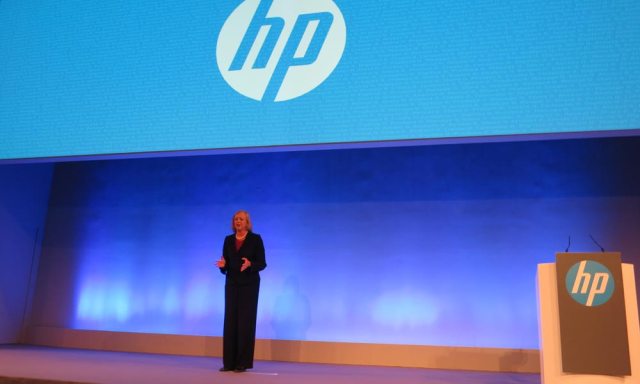
When Kermit the Frog said it wasn’t easy being green no one could have foreseen that this comical line from a children’s show would 30 years later reincarnate as one of the greatest economic and cultural challenges to face humankind.
Much as we would like to be green, it isn’t easy changing personal habits, let alone shifting corporate cultures to a greener position. But we have to as the evidence is now irrefutable – – the immediate future of the planet is in peril.
For more than three decades scientists have been waving the red flag. Only now, because of the tangible threat to the global economy, has the environment become flavour of the day.
One of the most high profile ways that we are being encouraged to turn green is carbon offsetting, but does this really work or is it a band-aid measure?
In all honesty the jury is still out on carbon offsetting, which is designed to counterbalance the activities that produce carbon emissions. Unlike the carbon trading programme under the Kyoto Protocol the carbon offset industry operates without regulation or external scrutiny.
Carbon offset companies buy carbon credits from tree planting schemes and renewable energy projects and sell them to companies who want to offset their own carbon emissions. But carbon emissions aren’t actually reduced. Which if you think about it doesn’t make a lot of sense – – if companies are not reducing the activities that cause the carbon emissions in the first place then how is that helping to green the planet? You can only plant so many trees.
To me carbon offsetting is a bit like environmental bulimia – – eat it, throw it up and you won’t put on any weight, but you won’t fix the underlying problem either.
Those who are in full support of carbon offsetting are, not surprisingly, the traders themselves who are making an absolute fortune out of major corporations through the donation of tens of millions of dollars to carbon offset programmes. By 2009 it is estimated that the carbon offset market will be worth more than $600 million.
Scientists aren’t convinced, with some warning that carbon offsetting is a kneejerk reaction to mask the unpalatable truth – – that we have to make changes.
As reported in the UK Guardian recently, Kevin Anderson, a scientist with the Tyndall Centre for Climate Change Research, said, “Offsetting is a dangerous delaying technique because it helps us avoid tackling the task. It helps us sleep well at night when we shouldn’t … If we had gone to the limit of what we can do in our own lives then I could see it would be a route to go down, but we’ve not even started to make changes to our behaviour (to presume) that the problem is dealt with by planting a couple of trees is worrying.”
Ask anyone on the street what their carbon footprint is and the question is returned with a blank stare or a mumble about how much you impact the environment, but few are really sure what the phrase means. And that is probably one of the things working in favour of the companies who are driving the new green economy – – general ignorance backed by fear that if we don’t sign on and believe what they tell us then we will personally be to blame for the demise of the planet.
But before everyone who’s just been to drupa invests in a carbon offset scheme it might be worth doing a bit of homework to find out if the schemes that are shooting up around us faster than the replacement forests they purport to fund are actually genuine.
If we are informed maybe being green won’t be so hard.
Alison Stieven-Taylor is the creative director of media communications company Reality & Illusion Productions. She is also a published author and magazine editor.
Comment below to have your say on this story.
If you have a news story or tip-off, get in touch at editorial@sprinter.com.au.
Sign up to the Sprinter newsletter



